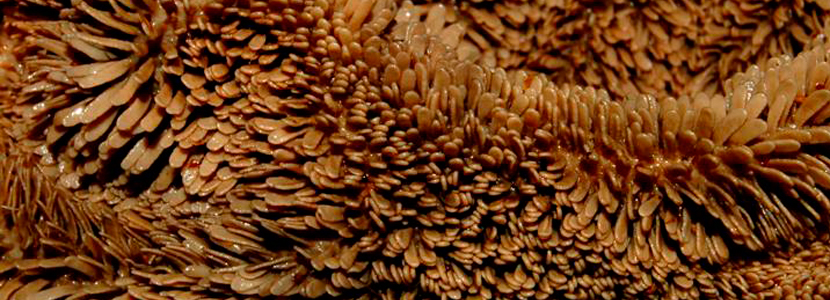 05 Apr 2022
05 Apr 2022
Ruminal acidosis continues to be a common digestive disorder in beef cattle and can lead to marked reductions in cattle yield.
This disease reflects an imbalance between the microbial production of volatile fatty acids (VFA) and their ruminal absorption.
![]() Microbial changes in subacute acidosis resemble those observed during adaptation to grain feeding. A declining population of ciliated protozoa is a common feature of both forms of acidosis and can be a good microbial indicator of an acidotic rumen. Other microbial factors, such as the presence of endotoxins and histamine, are suspected of contributing to systemic effects of acidosis.
Microbial changes in subacute acidosis resemble those observed during adaptation to grain feeding. A declining population of ciliated protozoa is a common feature of both forms of acidosis and can be a good microbial indicator of an acidotic rumen. Other microbial factors, such as the presence of endotoxins and histamine, are suspected of contributing to systemic effects of acidosis.

The reticculo-rumen is an anaerobic ecosystem in which microbial digestion of food converts fermentable substrates into organic acids mainly. These are then mostly absorbed.
As long as the substrate availability is not excessive and the absorption rate is maintained at the level of production, rumen fermentation remains stable and rumen pH ranges from 5.8 to 6.5 in grain-adapted cattle.
Rumen pH fluctuates considerably over a 24-hour period and is influenced by:
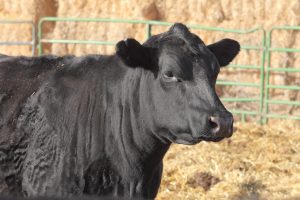
In beef cattle fed with highly concentrated diets, the animal’s ability to buffer the rumen is limited by inadequate salivary secretion. If the absorption capacity of the rumen wall is affected by abnormal rumen papillae or rumenitis, the animal’s ability to maintain a stable rumen pH is affected.
Rumen pH is a critical factor in the normal and stable function of the rumen due to its profound effect on microbial populations and fermentation products. It is also crucial for mantaining physiological functions of the rumen like motility and absorption.
![]() When the ruminal pH drops below 5.6 there is a change towards lactic acid producing microbial populations, which reduces ruminal pH even more.
When the ruminal pH drops below 5.6 there is a change towards lactic acid producing microbial populations, which reduces ruminal pH even more.
[register]
Figure 1 shows an example of a continuously monitored daytime rumen pH pattern over a 2-day period in a steer fed a 92.5% concentrated diet based on corn kernel once a day (Cooper et al., 1998).
Figure 1. Rumen pH values for a period of 48 h in a steer adapted to a diet of 92.5% concentrate based on crushed corn fed once a day.
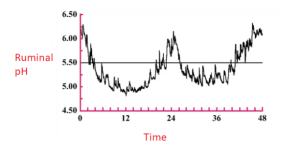
Rumen pH was monitored with a submersible pH electrode suspended through the rumen cannula plug and recorded every minute (data from Cooper et al., 1998).
What is not known is the minimum suboptimal pH time needed for the occurence of a detrimental effect on microbial activity, nutrient digestion and ruminal function.
When assessing the importance of rumen pH, it is important to consider not only the average pH, but also postprandial fluctuations, especially suboptimal pH (<5.6) duration.
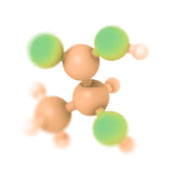
VFA total concentration usually increases at the onset of acidosis, but with its progression, concentrations decrease drastically due destruction of normal bacterial flora and rumen dilution with the entry of liquids to compensate for an increased osmolality.
The increase in lactic acid production is essentially due to the establishment of an acid-tolerant lactobacillus population. On the other hand the decrease in fermentation is due to the pH being below the necessary lactate fermenting range for bacteria to be active.
![]() This does not occur in subacute acidosis, where lactic acid does not accumulate because lactate-fermenting bacteria remain active and rapidly metabolize it.
This does not occur in subacute acidosis, where lactic acid does not accumulate because lactate-fermenting bacteria remain active and rapidly metabolize it.
Although rumen acids are considered the main contributors to the physiopathology of acidosis, other factors have been implicated such as:
Ruminal concentration of ethanol(mainly a product of heterofermentative lactobacilli) increases under acidotic conditions, but is not high enough to be significant. In addition, rumen microorganisms are able to metabolize ethanol. On the other hand it is believed that bacterial amines and endotoxins play a role in the pathogenesis of acidosis.
Pharmacologically active amines, such as histamine, tyramine and tryptamine, are produced in the rumen by decarboxylation of the precursor AA. Amongst these 3 amines, histamine has received considerable attention due to its role in laminitis, as it is a potent vasodilator and increases capillary permeability.
Endotoxin or lipopolysacharide (LPS) is a cell wall component of all gram-negative bacteria, regardless of their pathogenicity. Mixed rumen bacteria have been shown to contain endotoxic LPS.
Some research also suggests that gram-positive bacteria produce bacteriocins against a wide variety of bacteria, including gram-negative ones (Martinez et al., 2013).
According to Zhao et al. (2018), the expression and production of tumor necrosis factor-α, interleukin-1ß (IL-1ß) and IL-6 increased in ruminal epithelium due to the high concentration of LPS. This could be one of the reasons that explains why animals experience rumenitis while undergoing subacute acidosis.
Figure 1. Cell wall structure of Gram-negative bacteria with emphasis on the presence of lipopolysaccharides (LPS) in the outer membrane.
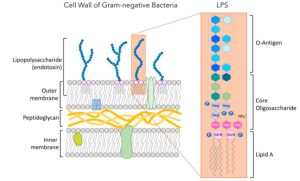
Toxicity is mainly associated with the composition of Lipid A
Modified fromYen-Ming Hsu, AB Biosciences, Inc. Boston, Massachusetts, EE. UU.
Along with an increase in LPS concentration, studies have shown that animals with subacute acidosis have reduced richness and diversity in both rumen and fecal bacteria (Mao et al., 2013; Plaizier et al., 2017)
In the rumen, the genus Bifidobacterium is an important producer of lactic acid and its population increases during both sub and acute acidosis (Plaizier et al., 2017a). In addition, this genus produces most bacteriocins against Gram-positive and Gram-negative bacteria, suppressing bacterial growth.
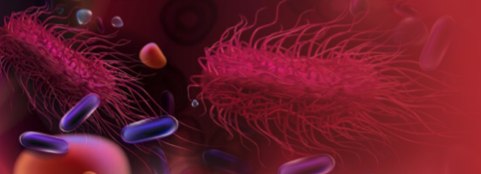
Interestingly, diets with higher grain content also increase the rate of digesta passage out of the rumen and allow more fermentable substrates to reach the hind gut (Van Soest, 1994). Increased fermentation of grain in the hind gut can cause similar effects to rumen acidosis, which increases epithelial damage and may allow LPS to enter the bloodstream(Gressley et al., 2011).
Lactic acid-producing bacteria (LAB), specifically Streptococcus bovis, rapidly ferment starch and glucose to produce lactate in the rumen (Nocek, 1997), reaching a duplication time of just a few minutes. Lactate begins to accumulate because the bacteria that use lactate, particularly Megasphaera elsdenii and S. ruminantium, replicate slowly and take weeks to increase their ruminal population significatly (Russell and Rychlik, 2001).
![]() Consequently, lactate accumulates rapidly and further reduces rumen pH (pH<5.0).
Consequently, lactate accumulates rapidly and further reduces rumen pH (pH<5.0).
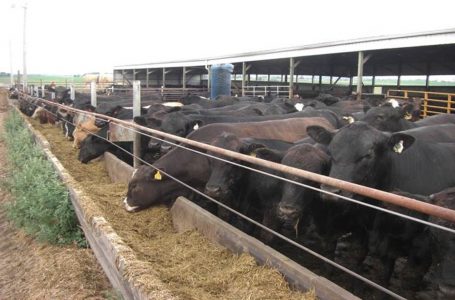
Previous reviews of ruminal acidosis have emphasized the importance of animals’ adaptation to high concentrate diets (Owens et al., 1998; Nagaraja and Titgemeyer, 2007).
While intensification protocols are expensive, they can eventually dilute the effects of endotoxins due to microbial changes. This occurs by reducing Gram-negative bacterial lysis due to a less abrupt change of bacterial substrates or because of the diluted effects of bacterial LPS toxicity.
Conclusion
Ruminal acidosis causes dysbiosis in the rumen microbiome. Under these circumstances some Gram-negative bacteria decrease their number with an increase in their lysis. Such phenomenon is evidenced by an increase in free LPS.
Other studies show that in addition to LPS increase in the rumen during this time, such increase could also trigger the growth of ruminal bacteria associated with acidosis.
Therefore, future studies should be conducted with the aim of characterizing rumen LPS and its lipid A structure in order to accurately determine its toxicity. This in turn will help to develop future strategies for tackling such an important challenge(ruminal acidosis) within ruminant nutrition.
Sources: Monteiro y Faciola, 2020
[/register]
Subscribe now to the technical magazine of animal nutrition
AUTHORS
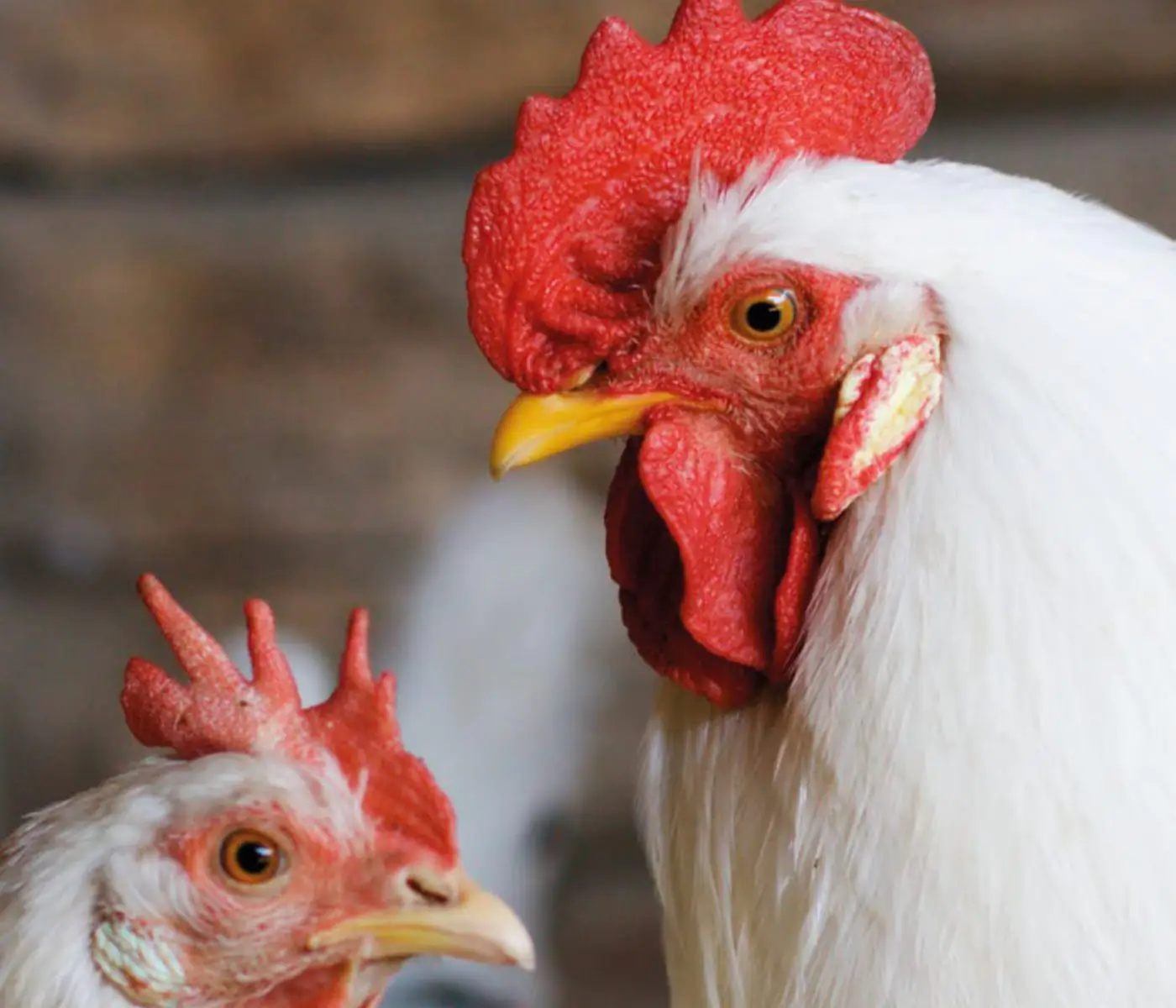
Nutritional Interventions to Improve Fertility in Male Broiler Breeders
Edgar Oviedo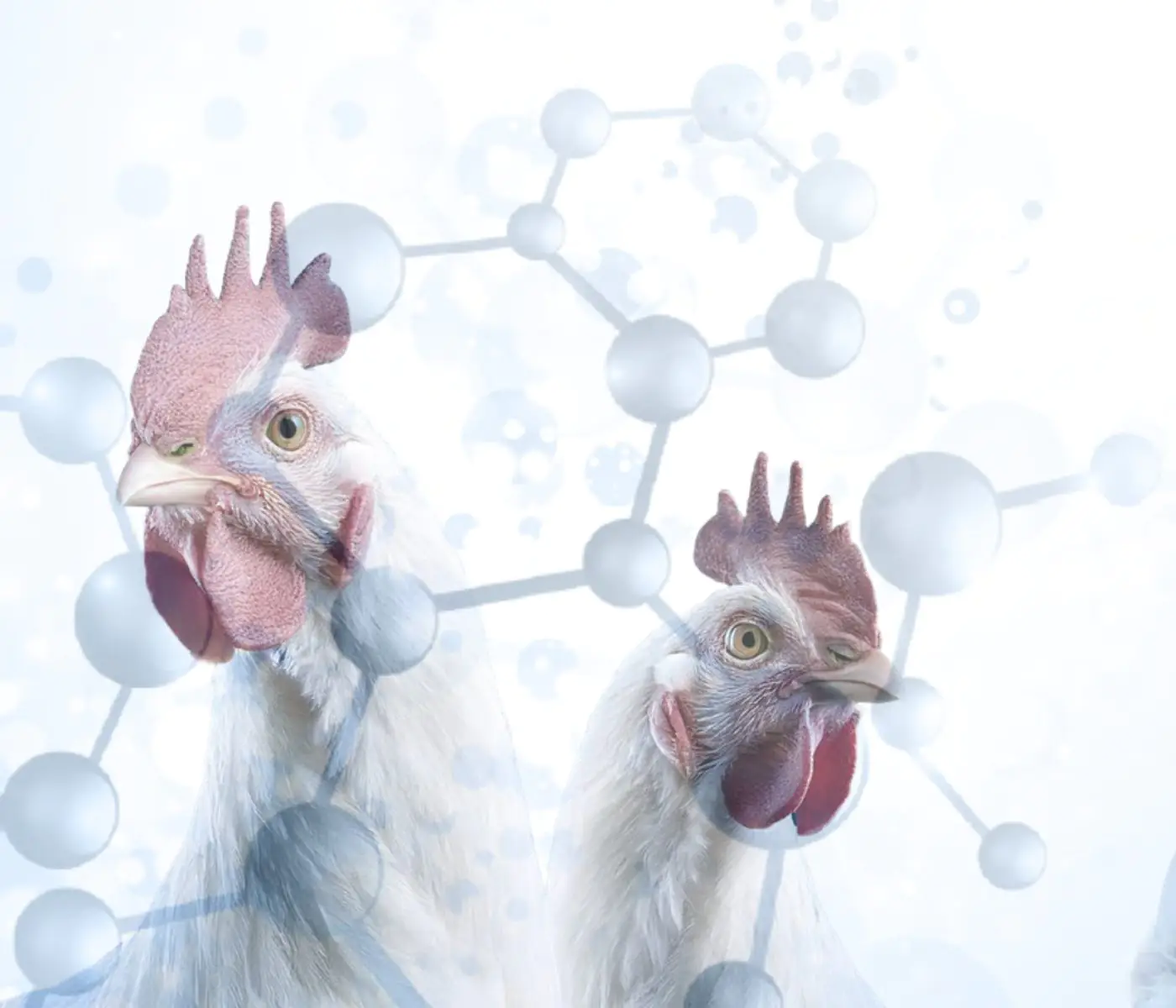
The Use of Organic Acids in Poultry: A Natural Path to Health and Productivity
M. Naeem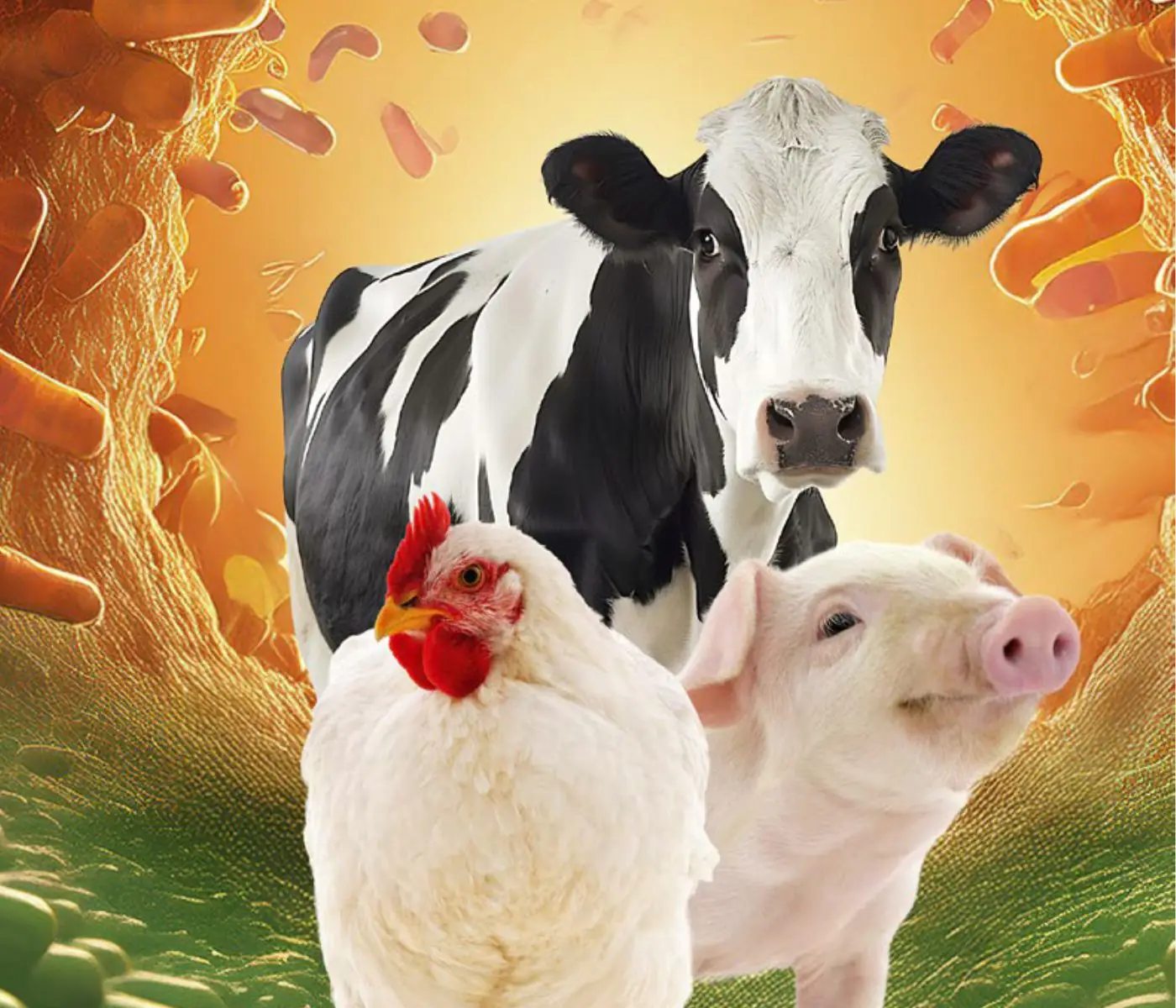
Synergistic Benefits of Prebiotics and Probiotics in Poultry, Swine, and Cattle
Gustavo Adolfo Quintana-Ospina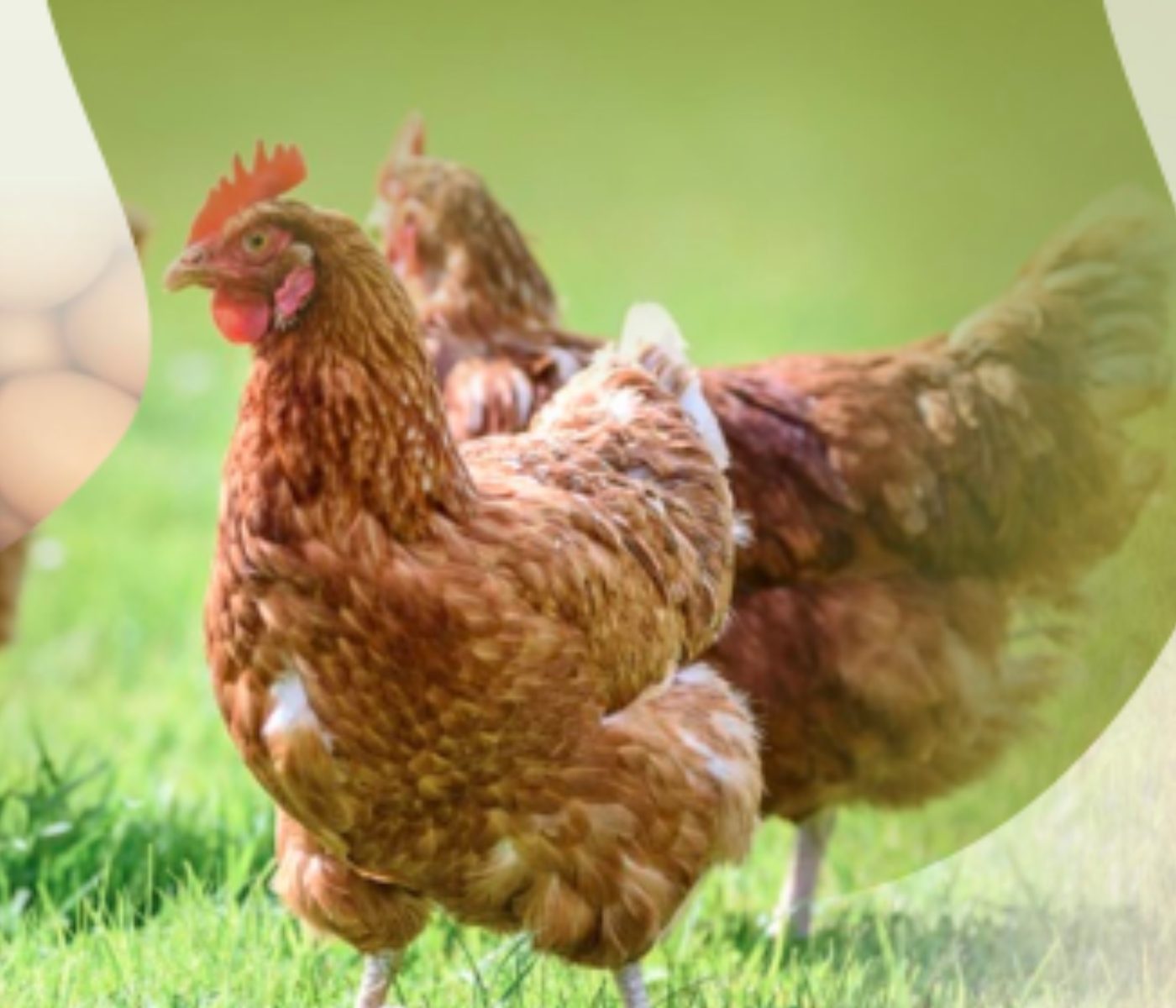
Hybrid Rye Potential in Laying Hen Feed Rations
Gwendolyn Jones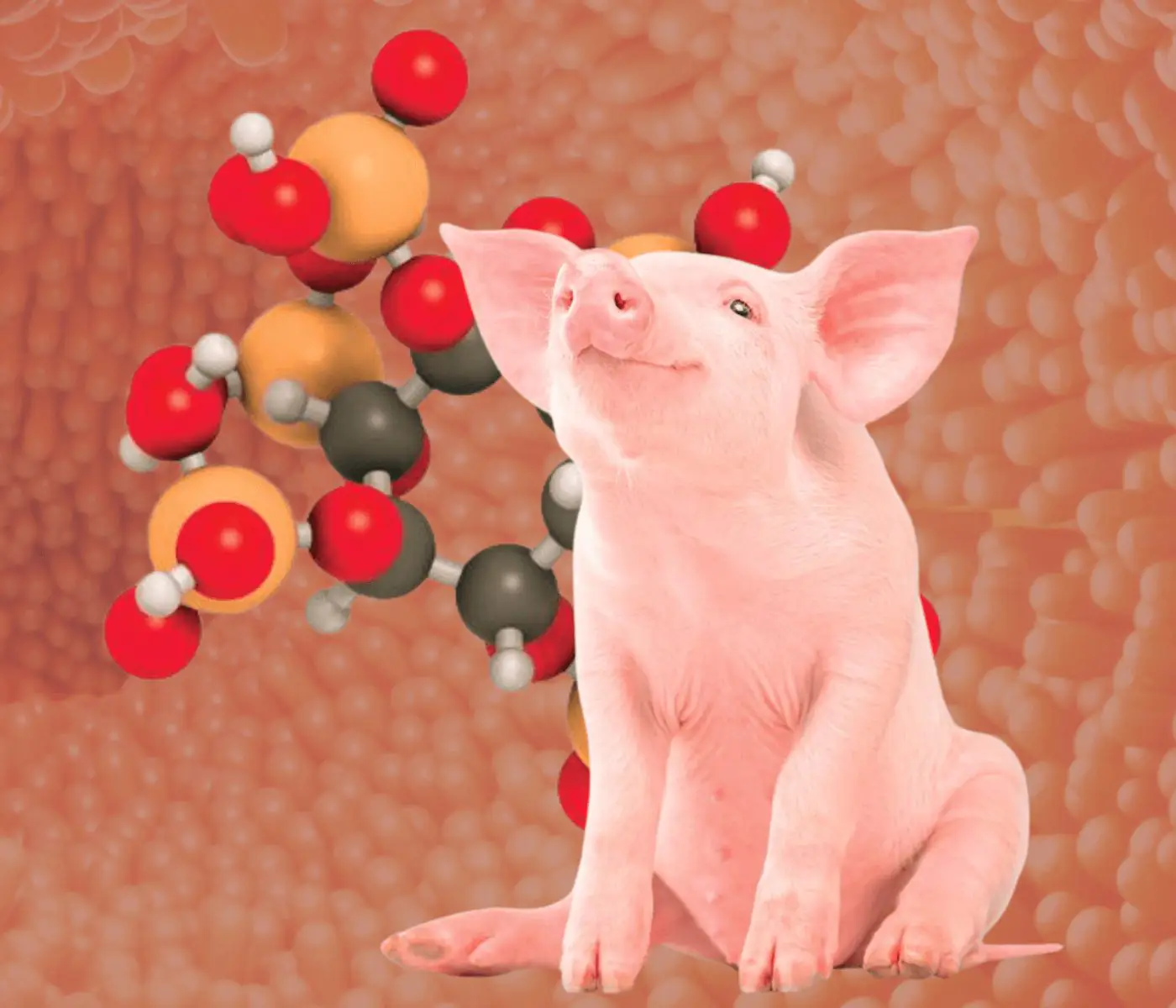
A day in the life of phosphorus in pigs: Part I
Rafael Duran Giménez-Rico
Use of enzymes in diets for ruminants
Braulio de la Calle Campos
Minerals and Hoof Health in the Pregnant Sow
Juan Gabriel Espino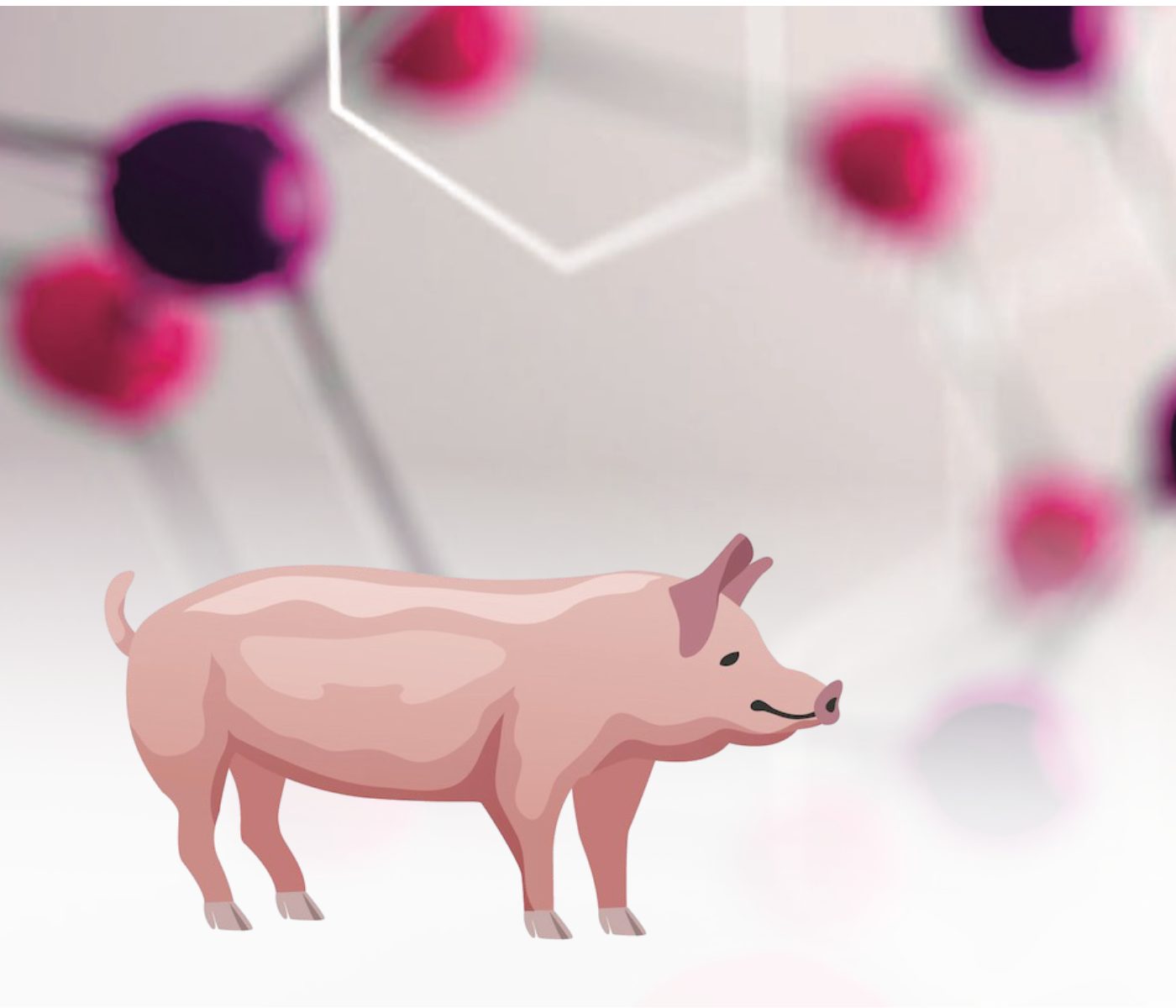
Impact of Oxidized Fats on Swine Reproduction and Offspring
Maria Alejandra Perez Alvarado